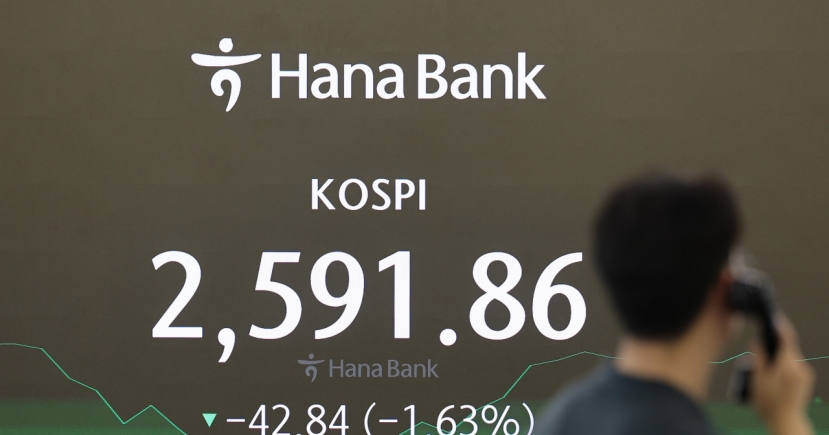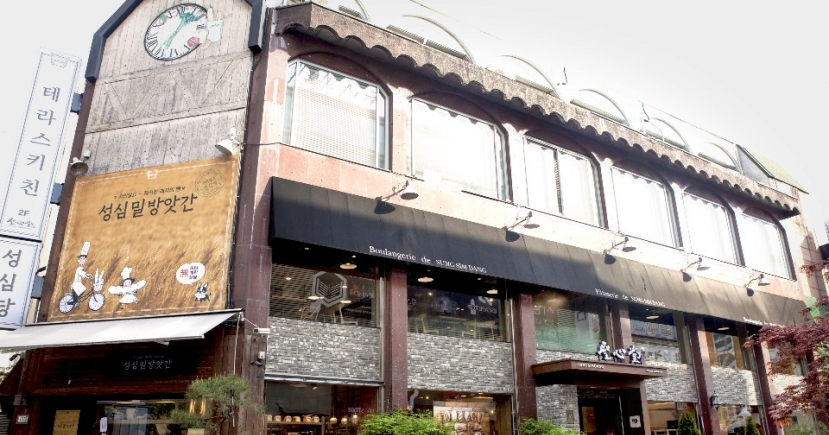Economy
Economy starts 2017 with discouraging data
[THE INVESTOR] South Korea’s economy has started 2017 with discouraging figures showing sluggish exports, pessimistic consumer sentiment, heavier debt and a high unemployment rate.
According to government data released on on Jan. 1, exports, the key pillar of the Asia’s fourth-largest economy, declined for the second consecutive year in 2016 amid a sluggish global demand and low oil prices. This is the first time in 58 years that exports witnessed losses in two consecutive years.
 |
Korea’s exports fell 5.9 percent to $495.5 billion last year from a year earlier, a continued decline from an 8 percent on-year loss in 2015, according to the Ministry of Trade, Industry and Energy. Imports also shrank 7.1 percent last year from a year earlier. The trade surplus marked $89.8 billion in 2016, slightly falling from $90.3 billion a year earlier.
Apparently worried over the worsening economy, Korean consumers have become more pessimistic. A recent data by the Bank of Korea showed that the consumer sentiment index hit an eight year low at 94.2 in December, further falling from 95.8 in November. A figure below 100 means pessimists outnumber optimists.
The recently enforced anti-graft law and a highly pathogenic strain of bird flu have also pressured domestic consumption as consumers are not spending much in restaurants and supermarkets.
Major department stores, such as Lotte Department Store and Hyundai Department Store, saw their sales decline by 0.5 percent and 1.5 percent, respectively, in November, according to industry data.
Consumption by foreign tourists here, mainly from China, was hurt as well, as Beijing reportedly took retaliation measures to curb Korean business and entertainment sectors as a way to oppose Korea’s decision to deploy a US Terminal High Altitude Area Defense system in the country this year.
The number of foreign visitors to Korea’s duty-free shops fell 17.7 percent to 1.51 million in November from a month earlier, according to the Korea Duty Free Association.
While people reduce spending, those in their 30s in particular face a heavier debt burden, other BOK data showed.
The loan-to-income ratio among borrowers aged less than 40 increased rapidly to 179.5 percent as of September last year from 164.1 percent at the end of 2015. About 44 percent of the financial loans by those in their 30s were mortgage loans.
However, their annual income has barely grown.
The average household income among those in their 30s only inched up 1.4 percent to 51.5 million won in 2015 from a year earlier, recent data from Statistics Korea showed.
A prolonged economic downturn also hit jobs among young Korean women.
Statistics Korea’s data showed that the unemployment rate among women in their 20s kept rising for 11 month to hit a record high of 7.3 percent in November, a 1 percentage point rise from a year earlier.
Even when the economy suffered the 1998 Asian financial crisis, the unemployment rate among women in their 20s was 6.8 percent in November, 1999. In the wake of the 2008 global financial crisis, the number did not exceed 6 percent level in 2008-2009.
By Kim Yoon-mi(yoonmi@heraldcorp.com)








